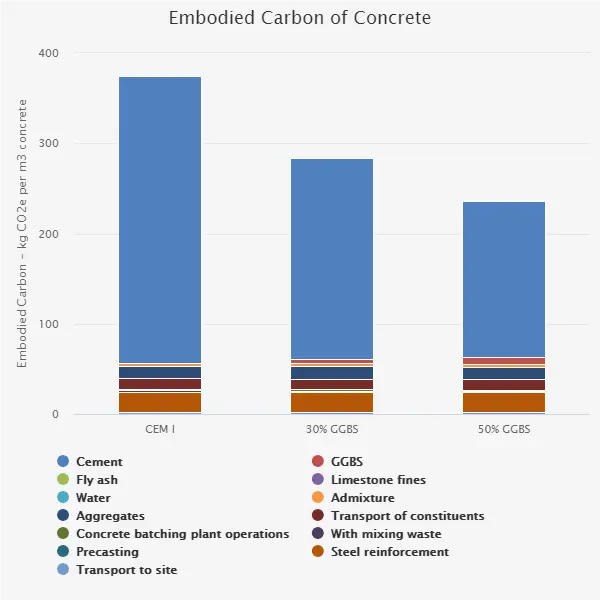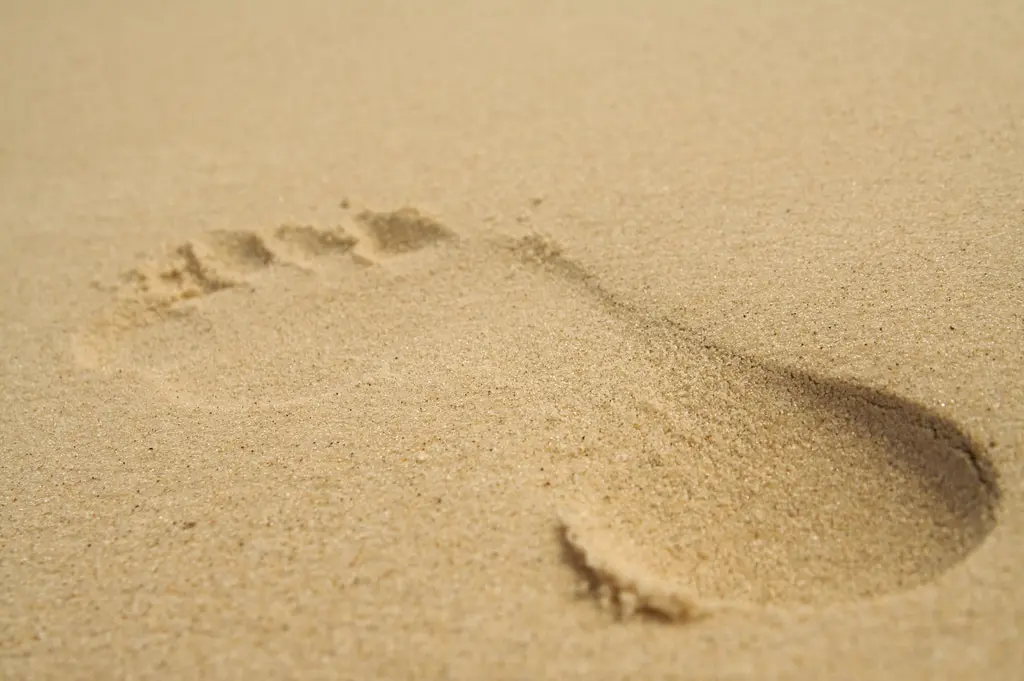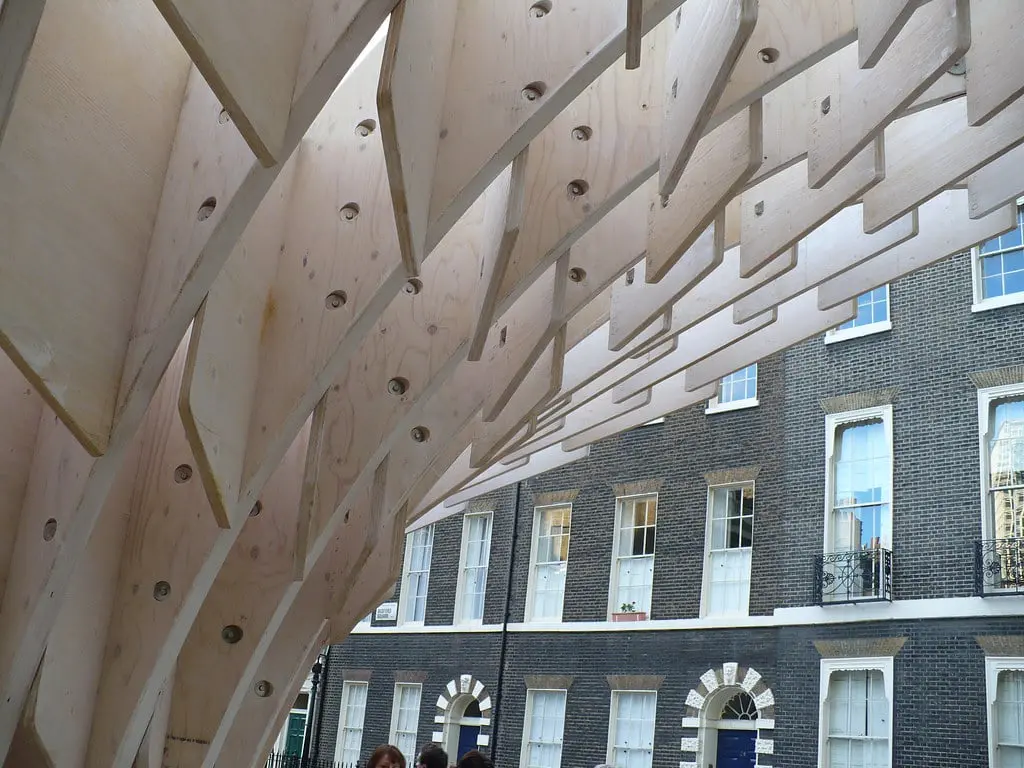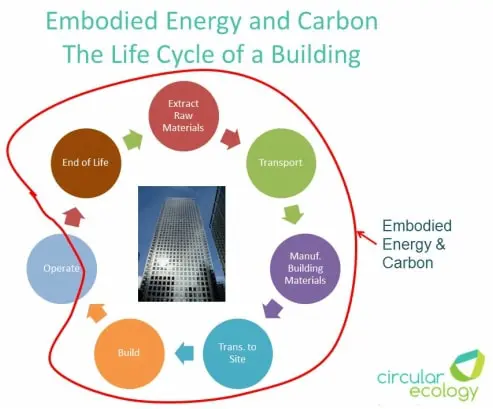Join Circular Ecology. A unique opportunity is available for an enthusiastic and dedicated sustainability professional. Working across multiple projects, predominantly in the construction sector. You will have opportunities to work with progressive clients, helping them achieve measurable sustainability benefits. A key part of this role is related to updating a well-respected embodied carbon database for construction […]
Category Archives: Embodied Carbon
Circular Ecology are delighted to announce the launch of a new and free embodied carbon calculator for concrete. The online tool allows up to 3 different concrete mixtures to be modelled and compared for their embodied carbon footprint. Low carbon concrete is often one of the top win embodied carbon reduction measures for green construction. […]
UPDATE: This fund raiser completed on 30th June 2020. A total of £4,075 was raised from our video training courses. It was donated to the WHO covid-19 response fund. We donated it through the Google fund raiser, who top up the donations (up to their threshold). It could therefore have contributed over £12,000. A massive […]
The new version of the ICE database was recently launched at an event hosted by the Alliance for Sustainable Building Products (ASBP) at the Royal Institute of Chartered Surveyors (RICS) in London. Over 125 professionals were in attendance with talks from Circular Ecology, Heathrow, Rail Safety and Standards Board (RSSB), Environment Agency and being chaired by Jane […]
The UK Green Building Council (UKGBC) has recently released a framework for net zero carbon buildings. This is a positive step forward for improving the environmental impacts of construction. The framework covers both embodied carbon and operational carbon. We have put together a summary article on net zero carbon buildings. What is net zero, how […]
The updated Inventory of Carbon & Energy (ICE) Database will be launched at an event in London hosted by the Alliance for Sustainable Building Products (ASBP) and the Royal Institute of Chartered Surveyors (RICS). The event will see up to 120 delegates attend an event on May 30th at the RICS in London. In addition […]
Circular Ecology will be delivering a webinar about the new version of the Inventory of Carbon & Energy (ICE) database. It is being hosted through IEMA, the membership network for environmental professionals. Non-members can also join the webinar. The webinar was held on Thursday 31st Jan, 12:30pm UK time (GMT). We are glad to report […]
We are glad to report that we are making positive progress to update the Inventory of Carbon & Energy (ICE) database to V3.0. We can now announce that, a launch date of Q1 2019 should be expected. Work to update the well-used embodied energy and carbon database for materials is producing some interesting analysis and […]
We have some excellent news for users of the Inventory of Carbon & Energy (ICE) database (https://www.circularecology.com/embodied-carbon-footprint-database.html). Work has now started to update the ICE database. The ICE database is an embodied energy and carbon database for building materials and has been downloaded by over 20,000 users from around the world. We have managed […]
This is Part II of the article, part I revealed how the HM Treasury stated that… “Reducing carbon reduces costs” – HM Treasury, 2013 The Infrastructure Carbon Review (2013) made this bold statement. It appears word for word in the report. However, such a bold statement should not be taken out of context and it […]







